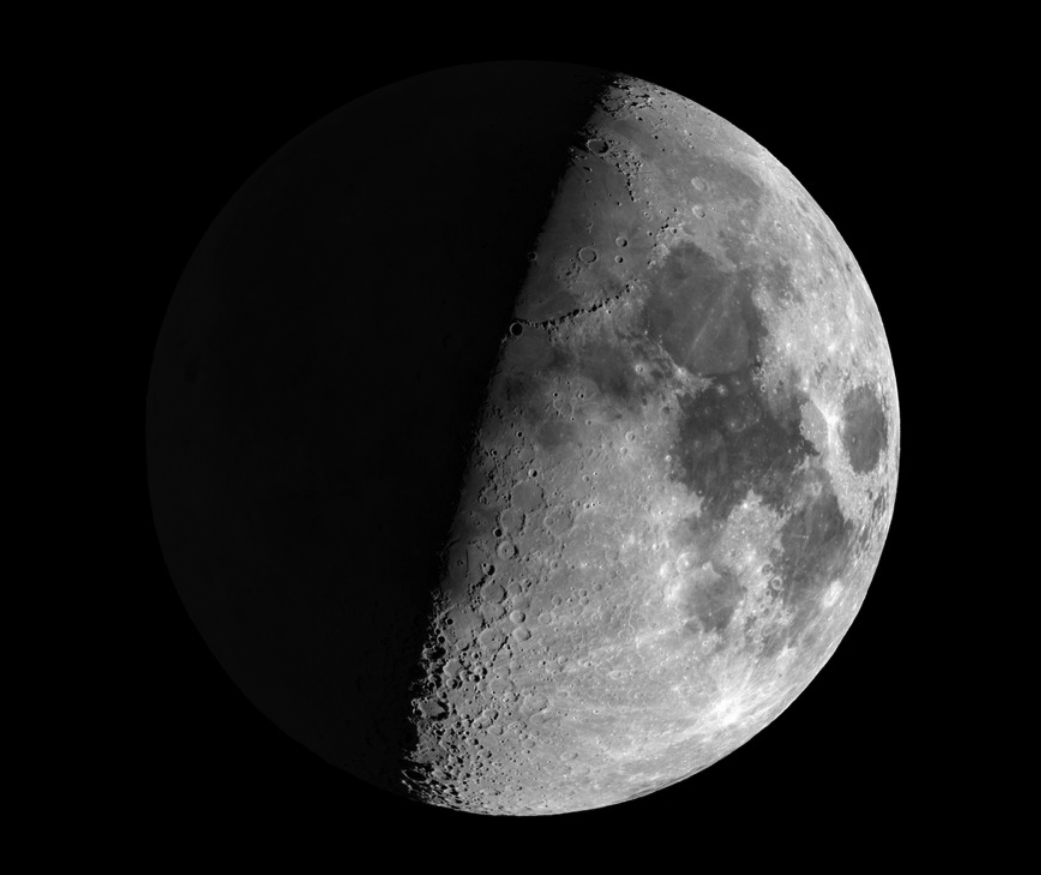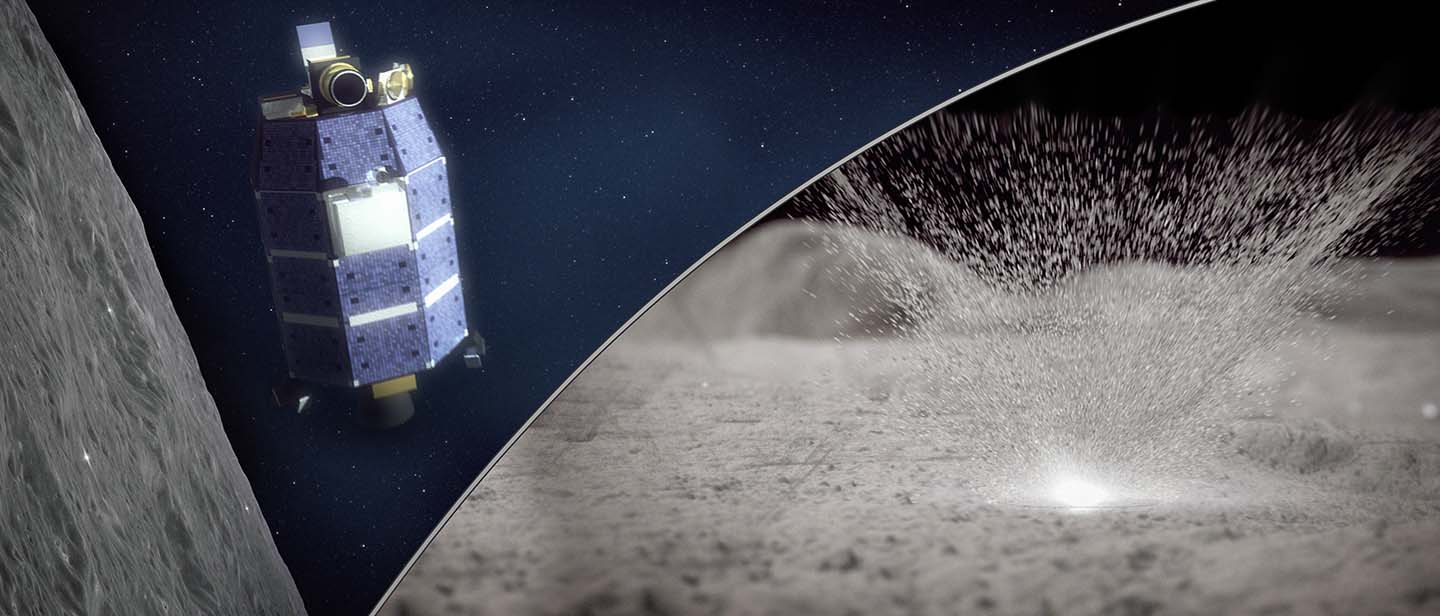Press Release
Meteoroid Strikes Eject Precious Water from Moon
Researchers from NASA and the Johns Hopkins University Applied Physics Laboratory (APL) in Laurel, Maryland, report that streams of meteoroids striking the Moon infuse the thin lunar atmosphere with a short-lived water vapor.
The findings will help scientists understand the history of lunar water — a potential resource for sustaining long-term operations on the Moon and human exploration of deep space. Models had predicted that meteoroid impacts could release water from the Moon as a vapor, but scientists hadn’t yet observed the phenomenon.
Now, the team has found dozens of these events in data collected by NASA’s Lunar Atmosphere and Dust Environment Explorer. LADEE was a robotic mission that orbited the Moon to gather detailed information about the structure and composition of the thin lunar atmosphere, and determine whether dust is lofted into the lunar sky.
“We traced most of these events to known meteoroid streams, but the really surprising part is that we also found evidence of four meteoroid streams that were previously undiscovered,” said Mehdi Benna of NASA’s Goddard Space Flight Center in Greenbelt, Maryland, and the University of Maryland Baltimore County. Benna is the lead author of the study, published in Nature Geosciences.
The newly identified meteoroid streams, observed by LADEE, occurred on Jan. 9, April 2, April 5 and April 9, 2014.
There’s evidence that the Moon has water (H2O) and hydroxyl (OH), a more reactive relative of H2O. But debates continue about the origins of the water, whether it is widely distributed and how much might be present.
“The Moon doesn’t have significant amounts of H2O or OH in its atmosphere most of the time,” said Richard Elphic, the LADEE project scientist at NASA’s Ames Research Center in California’s Silicon Valley. “But when the Moon passed through one of these meteoroid streams, enough vapor was ejected for us to detect it. And then, when the event was over, the H2O or OH went away.”
Lunar scientists often use the term “water” to refer to both H2O and OH. Figuring out how much H2O and how much OH are present is something future Moon missions might address.

